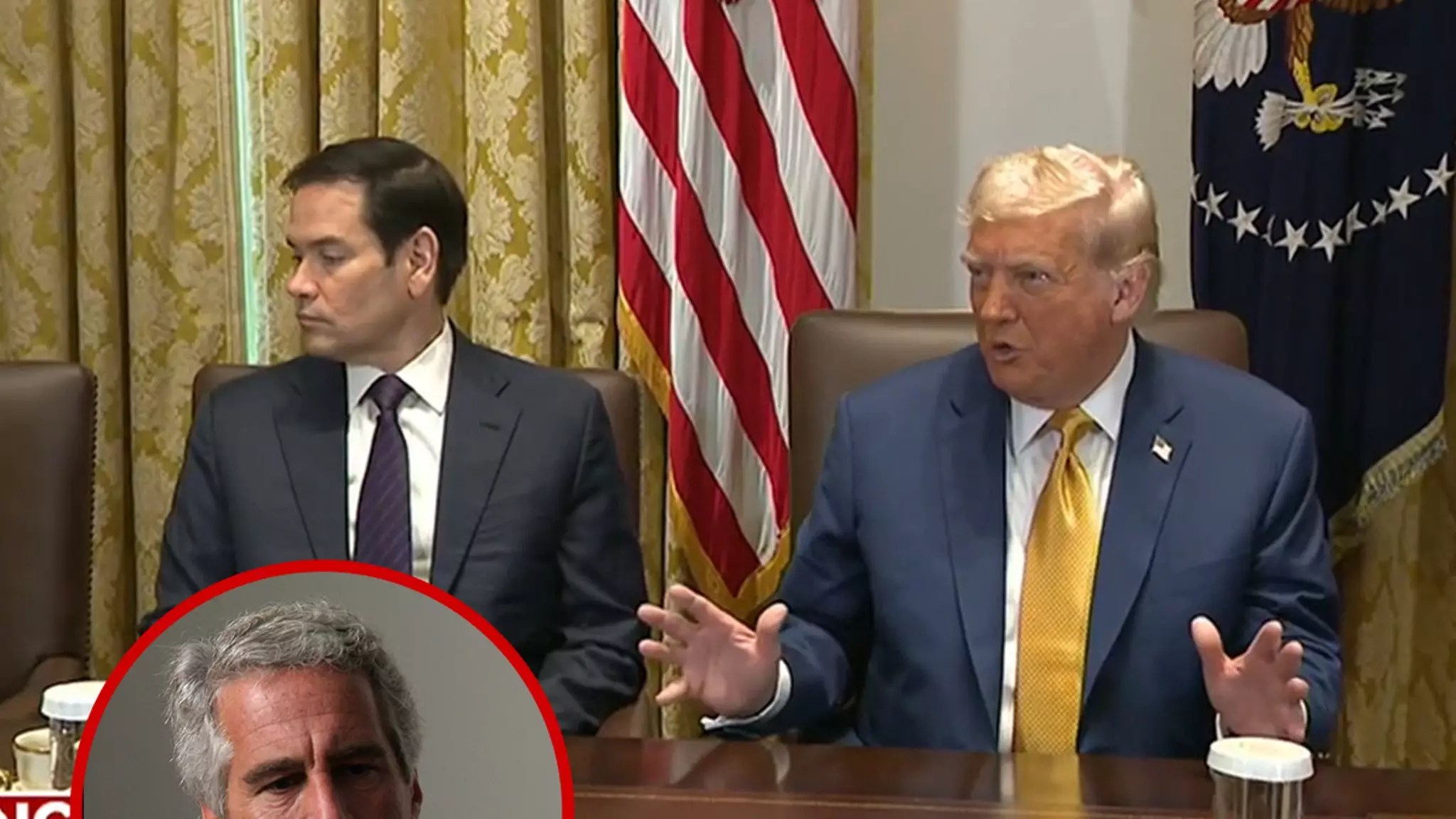In recent days, the narrative surrounding Jeffrey Epstein’s death has shifted from the shadowy corridors of conspiracy theories to a carefully crafted spectacle of official explanations. The response from high-ranking officials, especially President Trump and White House spokespeople, reveals a pattern of deflection and manipulation that serves political agendas more than the quest for truth. When confronted about the DOJ’s findings, the President’s reaction was not one of curiosity or concern but outright irritation, exemplified by a tone-deaf scolding of a reporter. This dismissive attitude underscores a broader tendency to dismiss uncomfortable questions rather than confront potentially damaging truths. The public, watching this interchange, is invited to question whether transparency is truly valued or deliberately obstructed.
The Contradictions That Erode Credibility
The Department of Justice’s statement that Epstein lacked a “client list” directly contrasts with previous hints from figures like U.S. Attorney Pam Bondi, who acknowledged the existence of some documents related to Epstein’s network. This inconsistency is not just clerical; it fuels suspicion about whether the government is withholding critical information or attempting to control the narrative. The White House’s attempts to downplay the significance of these documents, suggesting they are merely administrative or related to unrelated investigations like JFK and MLK files, appear dismissive at best and deceitful at worst. Their responses seem designed to quell curiosity rather than satisfy it, leaving many wondering what is being deliberately concealed beneath the surface.
The Myth of Justice and the Power of Public Perception
The release of Epstein-associated documents—initially hailed as a potential breakthrough—ended up yielding little more than benign, publicly available materials. This dampened the hopes of many who believed these papers might finally uncover the truth about Epstein’s web of influence. The disappointing outcomes illustrate how narratives are often sculpted behind closed doors before reaching the public eye. Epstein’s lawyer dismisses the idea of a “client list” as “bonkers,” effectively reinforcing the illusion that Epstein’s operations were less sinister than widespread speculation suggests. Yet, beneath this veneer lies a troubling reality: a network of powerful individuals who may have avoided accountability through careful obfuscation and strategic silence.
What becomes clear from these unfolding events is that the official story may be more about managing perceptions than uncovering facts. The government’s inconsistent statements, the dismissive reactions to probing questions, and the minimal disclosures all serve to reinforce a narrative that benefits those in power—leaving the public in a state of skepticism and distrust. This almost theatrical performance underscores the importance of critical thinking and the need to question authority, especially when transparency is sacrificed at the altar of political convenience. In the Epstein saga, what remains hidden might be more consequential than what is uncovered—a stark reminder that in the arena of power, perception often triumphs over reality.


Leave a Reply